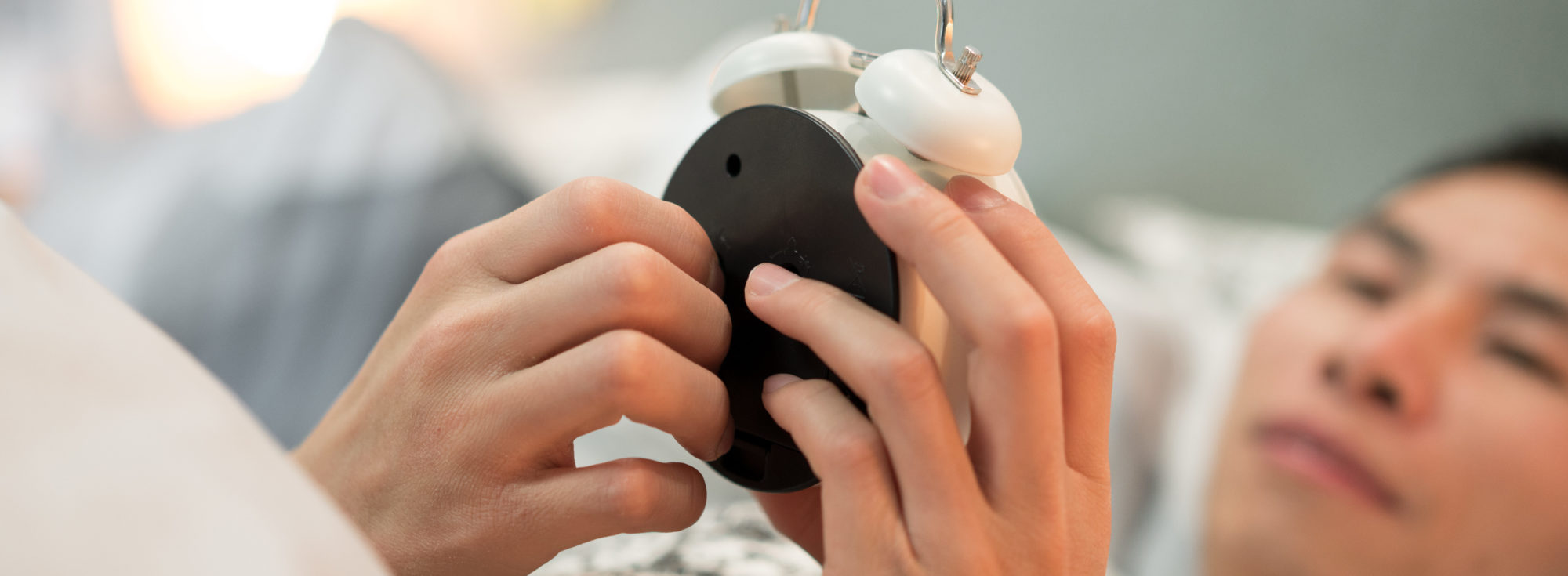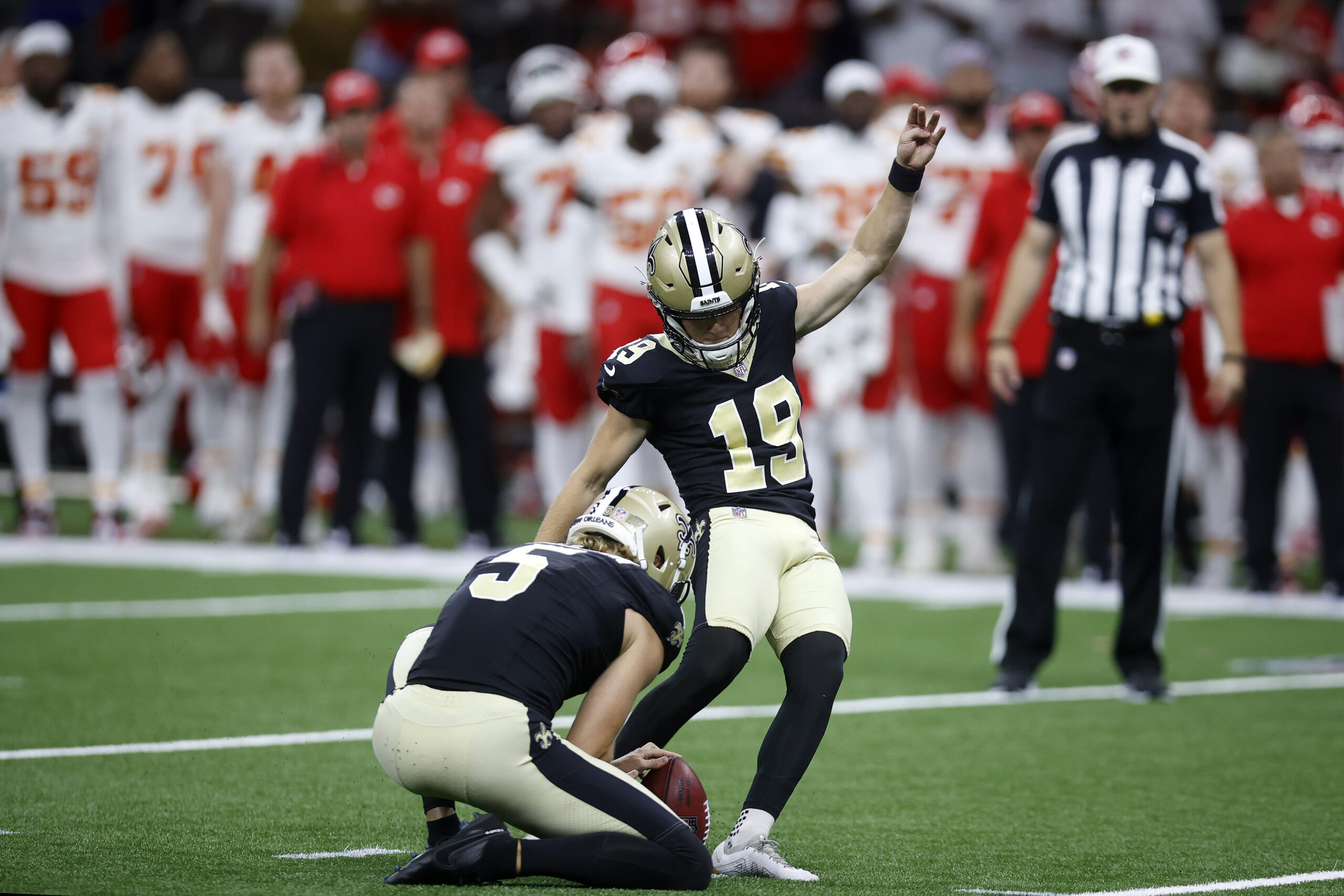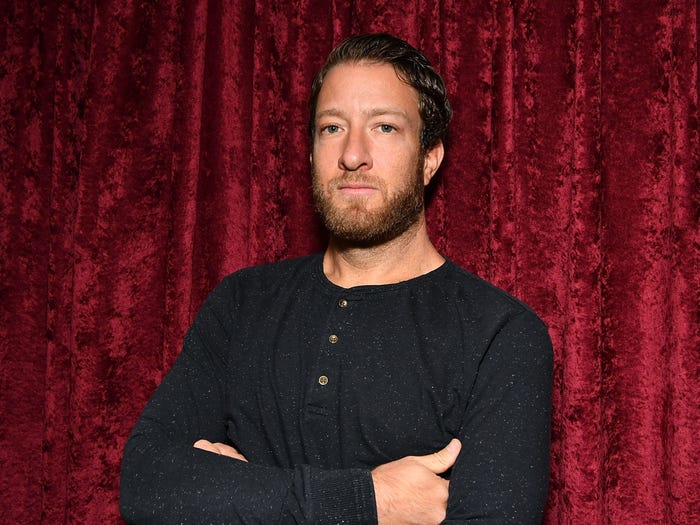The quick and dirty here is: The United States Senate on Tuesday voted unanimously to make Daylight Saving Time permanent.
Unanimously? The Senate? They all agreed? Okay.
The new legislation has been labeled The Sunshine Protection Act and was co-sponsored by Sen. Sheldon Whitehouse with Sen. Marco Rubio. The bill has to go to the House of Representatives — and then will need the backing of President Joe Biden — before it can officially ratified.
Honestly, anyone that votes against this should get primary’d.
Following its passage by the Senate, Rubio said, “it’s an eclectic collection of members of the United States Senate in favour of what we’ve just done here.”
The move was spurred by the recent time change this weekend, and the subsequent annual hatred of it.
It led Rubio to have the same question we all do: “Why do we keep doing it? This really began back in 1918 as a practice that was supposed to save energy.”
He also added, “since then we’ve adjusted – today Daylight Savings Time, which started out as six months, was extended to eight months in 2005, clearly showing you what people’s preference was… I think the majority of the American people’s preference is just to stop the back and forth.”
Yeah. We do. I speak for (almost) everyone.
A November 2021 poll from The Associated Press-NORC Center for Public Affairs Research found that just 25% of Americans said they prefer to switch back and forth between standard and daylight saving time.
The issue is that people seem to not know which version of the time they like. At least according to The Daily Mail. where 43% of respondents said they would like to see standard time used during the entire year, while the remaining 32% stating they prefer that Daylight Saving time be used year-round.
As for his part, Sheldon dropped a news release on Saturday explaining that The Sunshine Protection Act would provide both public-health and economic benefits. He said in his release that studies have shown that economic activity is reduced during Standard Time, and permanent Daylight Saving Time would lead to greater energy savings.
He added that spending more standard work hours in sunlight would reduce rates of seasonal depression and that Americans exercise more frequently during Daylight Saving Time, reducing the risk of stroke and heart problems.





